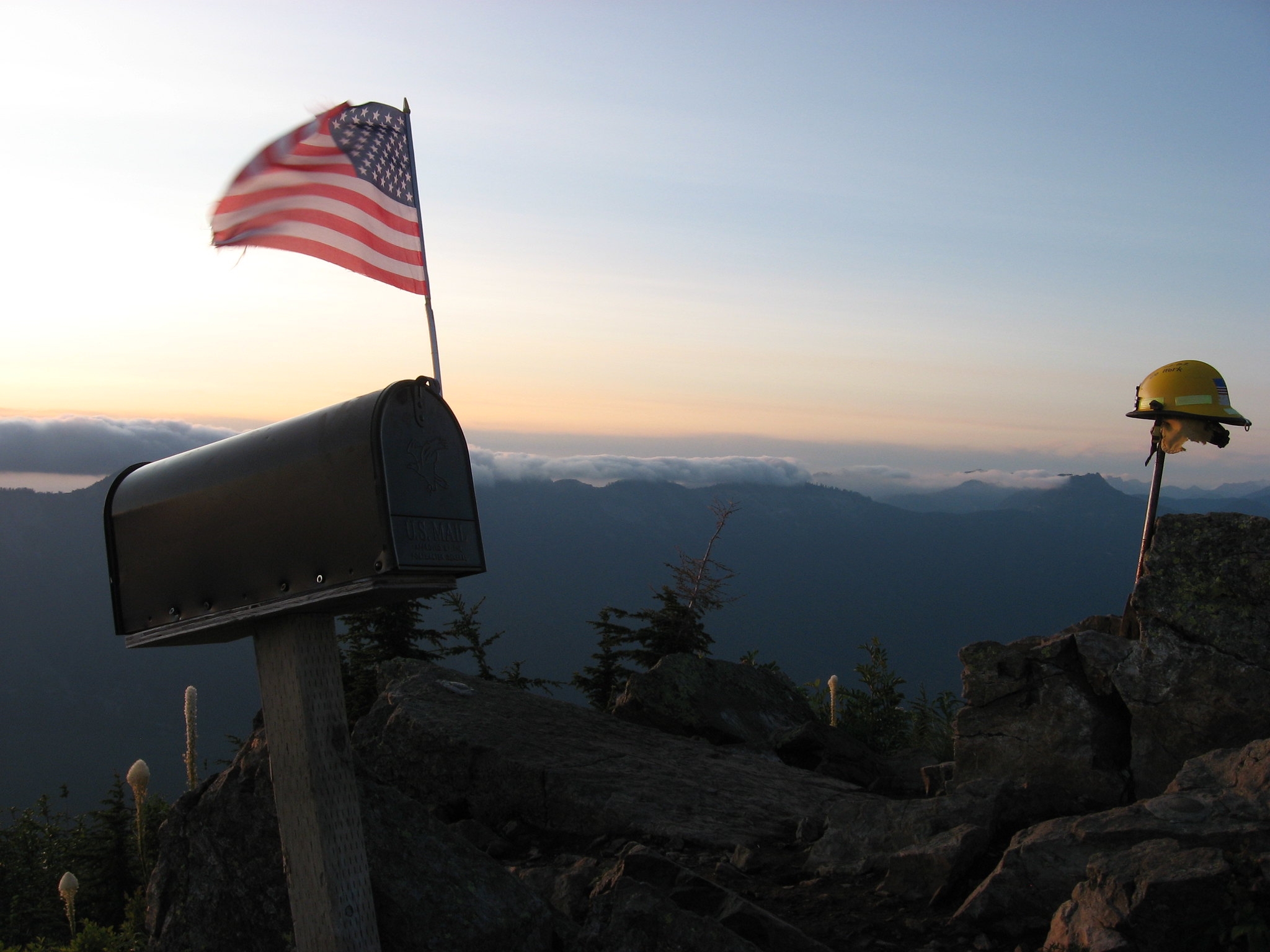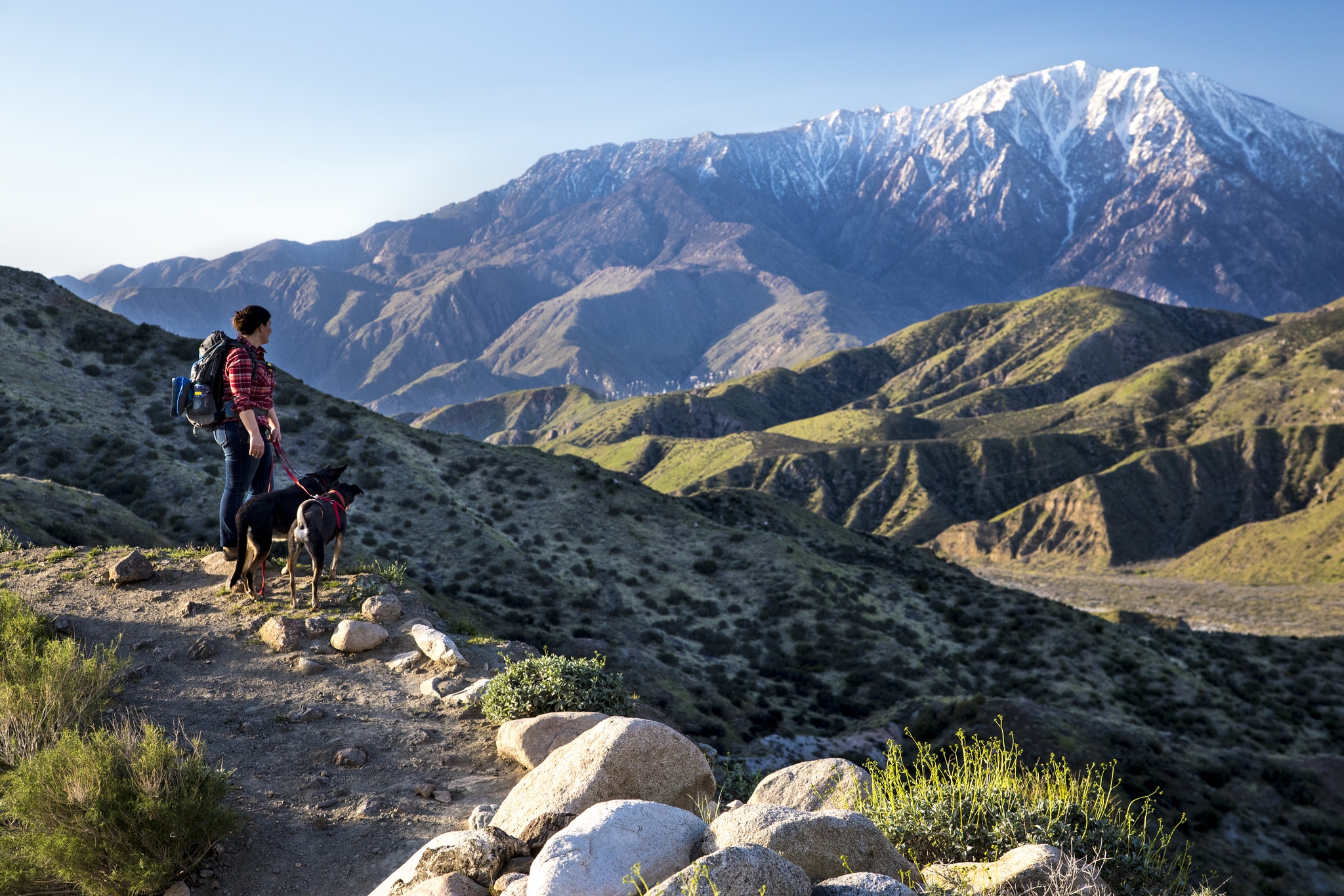How to Vote in the 2020 General Election
Hey. Hey, you.
Do you have a plan to vote in the upcoming 2020 US presidential election? If you’re a US citizen 18 or older, the answer should be yes. Not only is voting your civic duty, but it’s also the heart of our democratic process and the most effective way to affect meaningful policy change (including for conservation and environmental issues that could affect the trails and wild spaces you love). Voting isn’t just your right and your responsibility as a citizen. The freedom to vote is also a hard-won privilege that not everyone in the world has.
So don’t squander it.
Unfortunately, voting isn’t always easy. It can be tough to find transportation to your polling place or get enough time off from work to cast your ballot. What’s more, you need a valid government-issued ID to vote, and the requirements can sometimes be confusing. It can also be hard to get motivated when it seems like the issues and candidates won’t affect your life (or like your vote won’t affect the outcome of the election). To top it all off, COVID-19 is making the 2020 elections that much more complicated.
That’s why you must make a plan to vote.

Photo via.
How to Vote in the 2020 Election
You can still vote in person on Election Day in every state this year despite the pandemic. Even all-mail voting states like Colorado and Oregon still have options for in-person voting. You can also vote early in person or vote by mail. Each method of voting has its pros and cons. Whichever you choose, make sure you’re registered to vote before attempting to cast a ballot. Registration deadlines vary by state.
If Voting in Person

Photo via.
- In-person voting is available in all 50 states despite the pandemic. Some states have reduced or consolidated the number of polling places and vote centers due to coronavirus.
- Know where to go. You have to go to the polling place for your specific precinct to vote in person. Some states operate voting centers (unlike polling places, you can vote at any voting center in your county) instead of or in addition to polling places. You should double-check the location of your polling place even if you think you know it. It may have changed this year due to the pandemic.
- Bring a valid form of government-issued ID. Requirements vary by state.
- Give yourself plenty of time. Be ready for long lines and delays. Give yourself plenty of time to cast your ballot before the polls close or you have to be somewhere else. Polling hours vary by state.
- All states offer some form of early voting. Some states offer early voting to all registered voters (this is called no-excuse early voting). In others, you have to sign up and have a valid excuse as to why you can’t vote on Election Day (in-person absentee voting). The start and end dates for early voting vary by state. Early voting is recommended by the CDC as a way to vote in person while avoiding the crowds of Election Day.
- Obey CDC guidelines for pandemic safety. Wear a mask, social distance, and wash your hands.
If Voting by Mail

Mailbox Peak, Washington. Photo via.
- How to get a mail-in ballot: In many states, the voter has to request an absentee ballot and needs a valid excuse not to vote in-person on Election Day. The pandemic counts as a valid excuse in some (not all) states. Others are automatically mailing ballots to all registered voters, no questions asked. Check your state’s criteria for mail-in voting here.
- Follow all instructions on your ballot. Fill it out completely and correctly so that your vote isn’t rejected on a technicality.
- Return your completed ballot by mailing it or dropping it off at a ballot drop box or directly to your election official’s office.
- Vote-by-mail deadlines vary by state. Make sure you submit your ballot on time. It’s a good idea to complete and return your ballot as early as possible to ensure it reaches your election official in time.
Educate Yourself

US flag in front of Denali, Alaska. Photo via.
In the 2020 election, you’ll be voting for more than just a presidential candidate. You may see candidates for the US Senate and House of Representatives, Governor, State Legislature, and state Supreme Court on your ballot. You might also be asked to weigh in on local issues through ballot measures or referendum votes. It’s a good idea to review a sample ballot for your area before you vote so that you have an idea of who and what is up for election.
As a hiker, you may have a particular interest in matters relating to conservation and the environment. Public policies influence how public lands are funded, used, and protected. Meanwhile, critical global issues like climate change have far-reaching impacts. These include economic stability, air and water quality, weather events, and ecosystem composition.
Major Candidates’ Stances on the Environment
Biden-Harris: Joe Biden and Kamala Harris are the Democratic presidential and vice-presidential candidates, respectively. Biden’s environmental plan centers on investing in nationwide green infrastructure. He also plans to develop a Civilian Climate Corps to manage and thin forests, plant trees, restore and protect wetlands and coastal ecosystems, remove invasive species, and build hiking and biking trails.
Trump-Pence: Donald Trump and Mike Pence are the incumbent Republican presidential and vice-presidential candidates, respectively. Trump’s environmental plan centers on expanding oil and gas drilling in the United States, including on public lands, and loosening EPA regulations. In his first four years in office, Trump withdrew the United States from the Paris Agreement and signed into law the Great American Outdoors Act, which protects long-term public lands funding.
Environment/Conservation Bills in the Legislature Right Now

Pacific Crest National Scenic Trail. Photo via.
Your ballot will influence the fate of several environmental bills currently in the early stages of the legislative process, not to mention future legislation. It’s worth noting that trail-related legislation seems fairly bipartisan, with both Democrats and Republicans sponsoring numerous acts.
It’s also worth noting that buttloads of bills are introduced each year that never go anywhere. However, it’s good to know what our nation’s top legislators are talking about regarding public lands, trails, and conservation.
- Outdoors for All Act: Would create a dedicated funding source for the NPS’s Outdoor Recreation Legacy Partnership (ORLP). The ORLP works to provide more natural and open spaces in underserved communities.
- ANTIQUITIES Act: Would protect national monuments created by a presidential proclamation from being reduced except by an act of Congress.
- Transit to Trails Act: Would provide funding to improve public transit options between green spaces and underserved communities.
- National Scenic Trails Parity Act: Would “clarify the status of the North Country, Ice Age, and New England Scenic Trails as units of the National Park System”.
- Complete America’s Great Trails Act: “A bill to amend the Internal Revenue Code of 1986 to allow a credit against income tax for qualified conservation contributions which include National Scenic Trails.”
- Scenic Trail Viewshed Protection Act: Would bolster the evaluation of natural gas pipelines that would cross scenic trail viewsheds.
- National Discovery Trails Act: Would designate the American Discovery Trail and establish National Discovery Trails as a new type of long-distance trail.
- Accelerating Veterans Recovery Outdoors Act: Would “establish an interagency task force on the use of public lands to provide medical treatment and therapy to veterans through outdoor recreation.”

US border policy could impact the PCT. Photo via.
Resources
- American Hiking Society: Tracks major conservation/hiking-related legislation in both houses of Congress.
- Ballotpedia: Detailed election information, including pretty much everything you need to know about how to vote in your state, ballot measures, and candidates in 2020 and previous years.
- vote.org: Quick resources for voter registration.
- FiveThirtyEight: Has a great graphical representation of how to vote in each state for all you visual learners.
- GovTrack.us: Learn about your elected representatives and track legislation.
This website contains affiliate links, which means The Trek may receive a percentage of any product or service you purchase using the links in the articles or advertisements. The buyer pays the same price as they would otherwise, and your purchase helps to support The Trek's ongoing goal to serve you quality backpacking advice and information. Thanks for your support!
To learn more, please visit the About This Site page.


